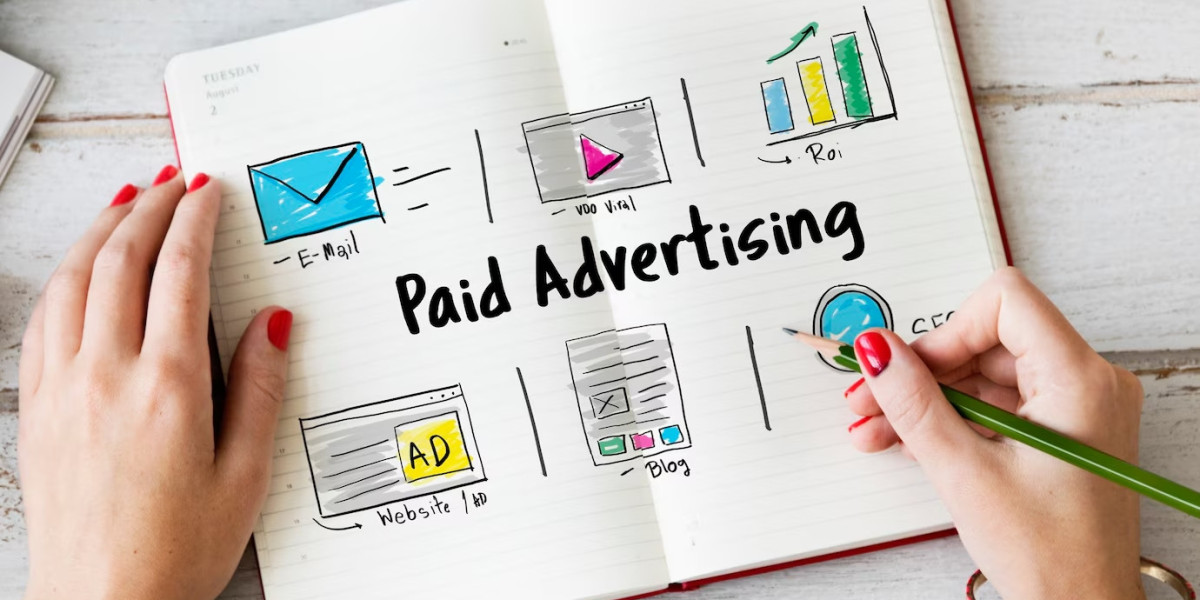In the dynamic realm of digital marketing, Pay-Per-Click (PPC) advertising stands tall as a versatile and effective tool for businesses seeking targeted growth and measurable results. This article delves into the intricacies of PPC advertising, exploring its fundamental principles, key components, best practices, and its evolving role in the digital landscape.
Understanding PPC Advertising
PPC advertising revolves around the concept of advertisers paying a fee each time their ad is clicked. This model allows businesses to bid on keywords relevant to their target audience. When users search for these keywords on search engines like Google or Bing, relevant ads appear. The advertiser only pays when a user clicks on the ad, making PPC a cost-effective way to drive traffic to websites and generate leads.
Key Components of PPC Campaigns
Keyword Research: The foundation of any successful PPC campaign begins with thorough keyword research. Identifying relevant keywords ensures that ads are shown to users actively searching for products or services offered by the business.
Ad Creation: Crafting compelling ad copy is essential to capture the attention of potential customers. Ads should be concise, relevant, and tailored to resonate with the target audience. A/B testing different ad variations helps in determining which messages and designs yield the best results.
Bid Management: Managing bids effectively is crucial for optimizing PPC campaigns. Bids determine how frequently and prominently ads appear in search results. Strategic bid management involves balancing keyword competitiveness, budget constraints, and desired ROI.
Landing Pages: The effectiveness of a PPC campaign heavily relies on the quality of the landing page. A well-designed landing page aligned with the ad's messaging enhances user experience and encourages conversions. Optimizing landing pages to match user intent improves conversion rates and maximizes ROI.
Benefits of PPC Advertising
Immediate Visibility: Unlike organic search engine optimization (SEO), which takes time to yield results, PPC advertising provides instant visibility on search engine results pages (SERPs).
Targeted Reach: PPC allows precise targeting based on factors such as demographics, location, device, and user behavior. Advertisers can tailor their campaigns to reach specific audiences likely to convert into customers.
Measurable ROI: PPC platforms offer robust analytics tools that provide insights into campaign performance. Advertisers can track metrics such as clicks, impressions, conversions, and cost-per-acquisition (CPA) to measure the effectiveness of their campaigns and adjust strategies accordingly.
Control and Flexibility: PPC campaigns provide advertisers with full control over budget allocation, ad scheduling, and targeting parameters. This flexibility enables businesses to adapt quickly to market changes and optimize campaigns in real-time.
Best Practices for PPC Success
Continuous Optimization: Regularly review and refine keyword lists, ad copy, and bidding strategies to improve campaign performance and maximize ROI.
Ad Extensions: Utilize ad extensions to provide additional information and incentives to potential customers, such as site links, call extensions, and promotions.
Quality Score Management: Improve ad performance and reduce costs by focusing on factors that influence Quality Score, such as ad relevance, expected click-through rate (CTR), and landing page experience.
Evolving Trends in PPC Advertising
As digital technologies and consumer behaviors evolve, PPC advertising continues to adapt to new trends and innovations. Key trends shaping the future of PPC include:
AI and Machine Learning: Automation and AI-driven bidding strategies are transforming how PPC campaigns are managed, optimizing bids in real-time to maximize ROI.
Voice Search Optimization: With the rise of voice assistants like Siri and Alexa, optimizing PPC campaigns for voice search queries is becoming increasingly important.
Integration with Other Channels: PPC advertising is increasingly integrated with other digital marketing channels, such as social media advertising and email marketing, to create cohesive and cross-channel campaigns.
Conclusion
PPC advertising remains a cornerstone of digital marketing strategies due to its ability to deliver targeted traffic, measurable results, and significant ROI. By leveraging the principles of keyword relevance, compelling ad creative, strategic bidding, and continuous optimization, businesses can harness the full potential of PPC to achieve their marketing objectives and stay competitive in the digital age. As technology evolves and consumer preferences shift, staying informed about emerging trends and implementing best practices will be essential for sustaining PPC advertising success.








